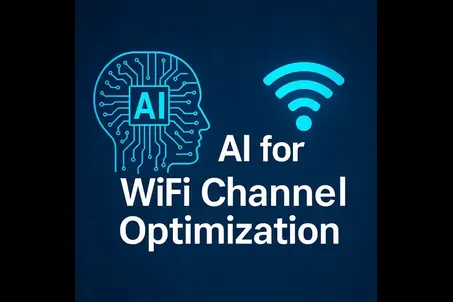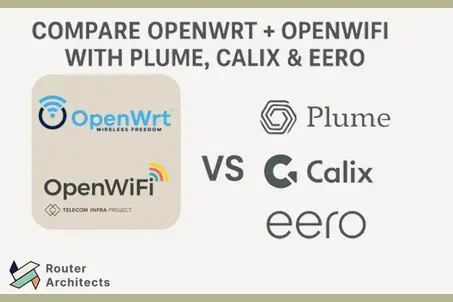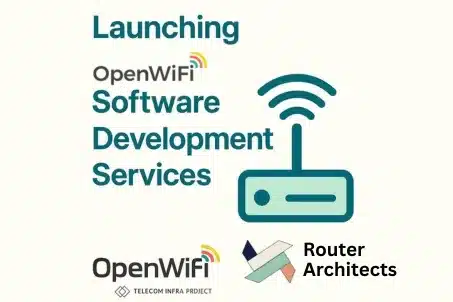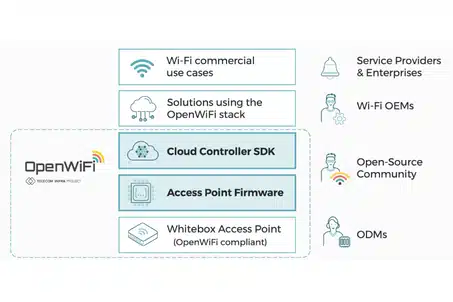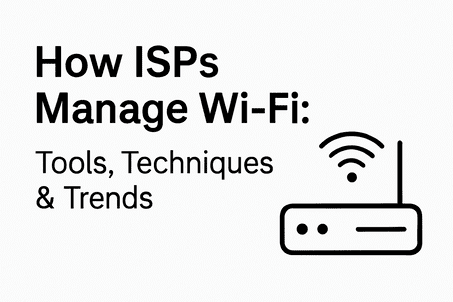In the next wave of ISP network management, automation isn’t optional—it’s the foundation. With the rise of AI agents capable of provisioning, optimizing, and troubleshooting devices autonomously, the underlying architecture of your device management platform will determine how far and how fast you can scale.
Unfortunately, many ISPs are still dependent on legacy ACS/TR-069-based systems—architectures that were never designed for real-time, AI-driven orchestration.
It’s time to rethink the foundation.
The Shift from Reactive to Autonomous Operations
Traditional ACS/TR-069 systems follow a poll-and-respond model:
-
The device checks in periodically.
-
The ACS sends configuration changes or pulls metrics.
-
Any intelligence is applied manually by operators or fixed scripts.
This architecture was fine for human-triggered operations, but AI agents require:
-
Continuous, low-latency data streams (telemetry).
-
Event-driven triggers instead of periodic polling.
-
Bi-directional, on-demand control without waiting for a scheduled check-in.
In short, TR-069 wasn’t built for closed-loop, machine-speed decision making.
Why API-First Architecture is the Only Path Forward
An API-first Wi-Fi device management platform flips the model:
-
Live telemetry feeds (via WebSockets, MQTT, gRPC, etc.) deliver real-time network state to AI agents.
-
Northbound APIs integrate with OSS/BSS, NOC dashboards, and AI orchestration engines.
-
Southbound APIs communicate directly with devices via modern protocols (OpenWiFi, OpenSync, TR-369/USP).
-
Actions—config changes, firmware pushes, channel reassignments—are applied instantly, based on AI decisions.
This design enables massive automation because AI agents can:
-
Detect a problem from live metrics.
-
Decide the optimal fix.
-
Execute it immediately.
-
Verify the outcome and learn from it.
Where ACS/TR-069 Falls Short for AI
| Requirement for AI Automation | TR-069 Limitation |
|---|---|
| Real-time telemetry | Periodic polling, delays of minutes or hours. |
| Event-driven actions | No native event subscription, limited push capabilities. |
| Vendor-agnostic control | Often tied to specific firmware/device models. |
| High-frequency changes | Inefficient for frequent config updates due to session overhead. |
| AI integration | No native API hooks for AI orchestration—requires heavy middleware. |
The result? Any AI layer built on TR-069 ends up crippled by latency, data gaps, and protocol rigidity.
The OpenWiFi Advantage
Platforms based on OpenWiFi, TR-369/USP, and OpenSync provide:
-
Streaming telemetry for true real-time analysis.
-
Standardized, vendor-neutral APIs for multi-OEM fleets.
-
Web-friendly protocols for seamless AI integration.
-
Scalability to millions of devices without centralized bottlenecks.
When your architecture starts with open APIs, you’re building for an AI-first future—where agents, not humans, handle 90% of day-to-day device management.
The Bottom Line
If you’re an ISP planning to leverage AI agents for provisioning, optimization, and troubleshooting at scale, an API-first architecture isn’t optional—it’s your foundation.
-
TR-069/ACS will bottleneck your automation.
-
API-first platforms will enable it.
By adopting an open-source, API-driven solution today, you’re not just modernizing your operations—you’re future-proofing them for the AI-driven decade ahead. Read this blog to understand how RL based WiFi optimization is changing the user experience.


